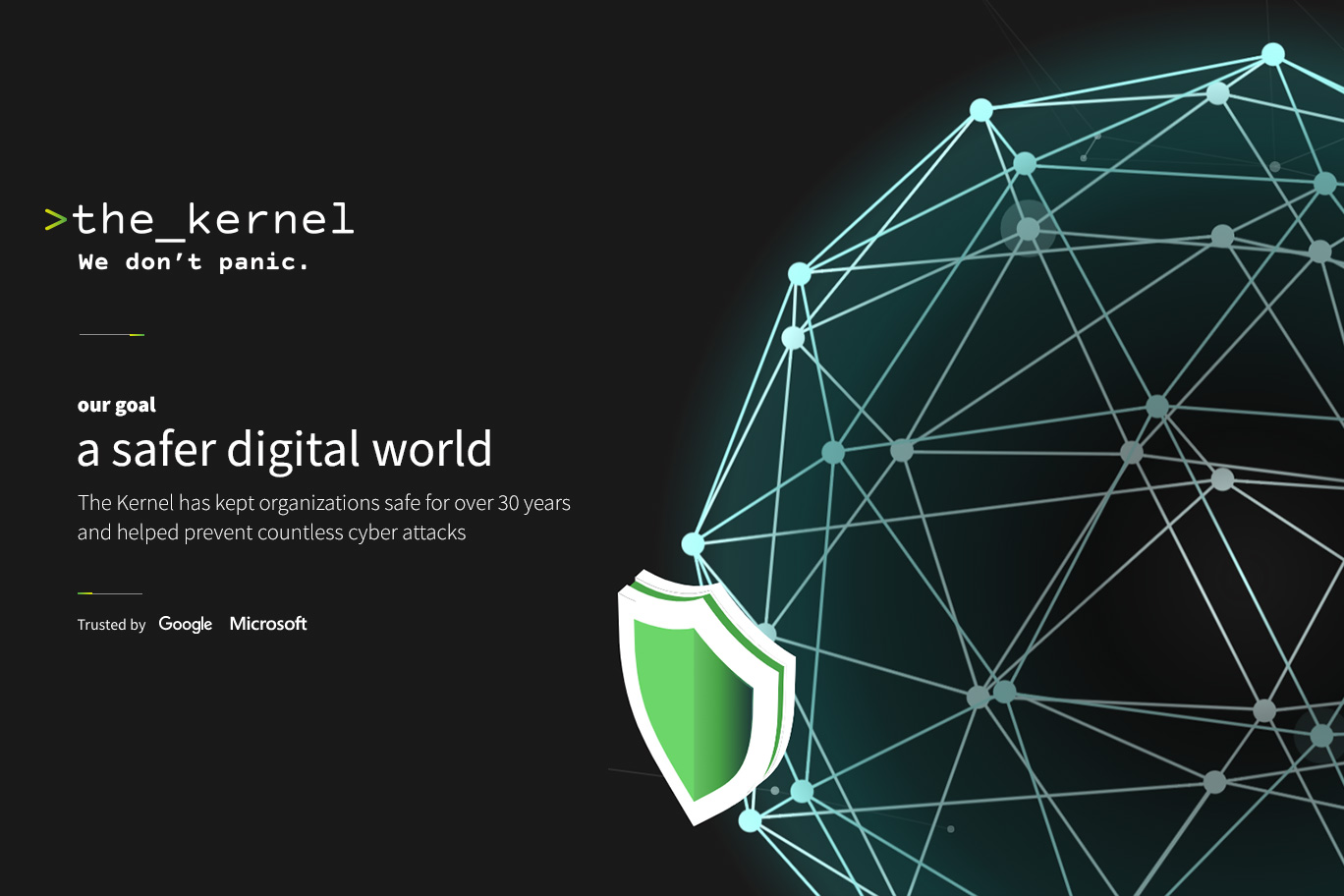When it comes to the digital world, the necessity of robust cybersecurity strategies cannot be overstated. As individuals, businesses, and governments continue to traverse the digital frontier, the importance of safeguarding sensitive information and systems against cyber threats becomes paramount. This study digs into the essential aspects of cyber security UAE, emphasizing proactive measures to secure the digital domain.
Risk assessment and vulnerability management:
The first step in crafting an effective cybersecurity strategy involves conducting a thorough risk assessment. Identifying potential vulnerabilities and understanding the specific risks to an organization’s digital assets allows for targeted mitigation efforts. Regular vulnerability management ensures that security measures are adaptive to the evolving threat landscape.
Implementing multi-factor authentication:
One of the fundamental layers of defense is the implementation of multi-factor authentication (MFA). MFA adds an extra layer of security by requiring users to provide multiple forms of identification before granting access. This simple yet effective strategy significantly enhances protection against unauthorized access and potential data breaches.
Continuous employee training and awareness:
Human error remains a significant factor in cybersecurity incidents. Regular training sessions and awareness programs for employees are critical. Educating staff about phishing attacks, social engineering tactics, and best practices for handling sensitive information empower them to be proactive guardians of digital security.
Regular software updates and patch management:
Outdated software is a common entry point for cyber threats. Regularly updating and patching software, operating systems, and applications ensures that known vulnerabilities are addressed promptly. Automated patch management systems can streamline this process, minimizing the window of opportunity for cyber attackers.
Network segmentation and access control:
Dividing networks into segments and implementing stringent access controls enhance cybersecurity. By compartmentalizing data and restricting access based on user roles, organizations can limit the impact of a potential breach. Network segmentation adds an additional layer of defense against lateral movement by cyber adversaries.
As organizations and individuals understand the digital frontier, the efficacy of cybersecurity strategies becomes paramount. Through a inclusive risk assessment, multi-factor authentication, continuous training, software updates, network segmentation, incident response planning, advanced threat detection, and regular audits, the digital landscape can be fortified against an array of cyber threats.
